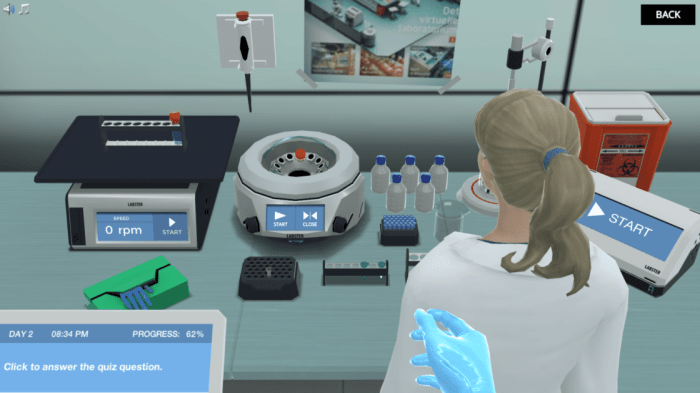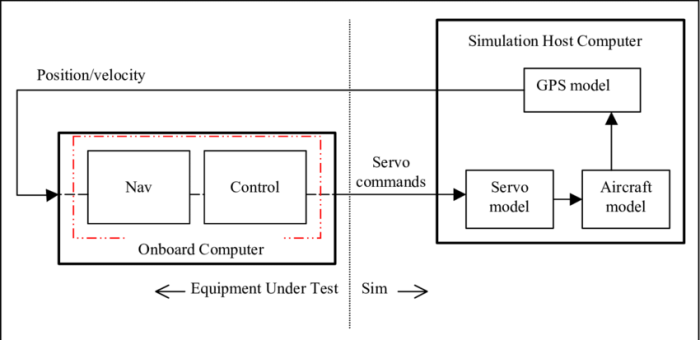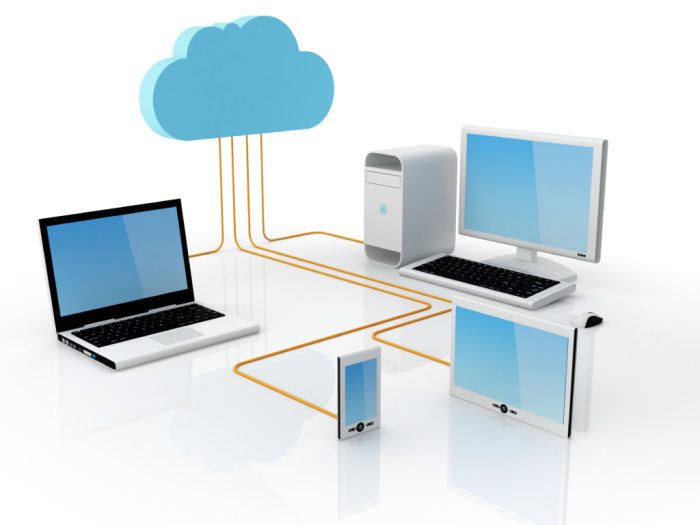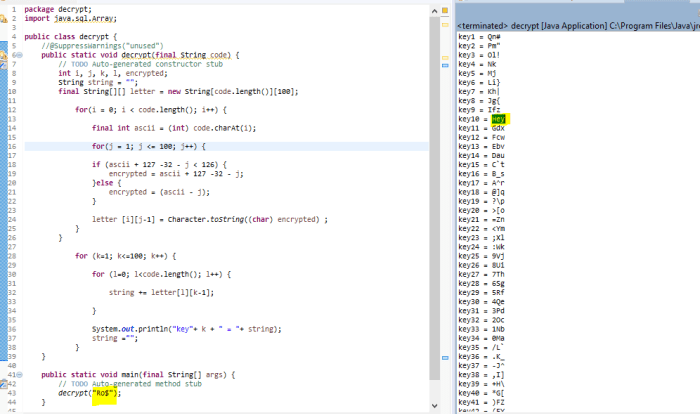Hardware Lab Simulation 5-2: Using SD Storage and Portable Media embarks on an educational journey, delving into the realm of data storage and portability. This simulation provides a hands-on exploration of the capabilities and applications of SD storage and portable media, equipping learners with practical knowledge and skills.
Through engaging exercises and real-world examples, this simulation unveils the benefits, considerations, and troubleshooting techniques associated with SD storage and portable media. It empowers learners to navigate the complexities of data management, ensuring data integrity and accessibility in diverse scenarios.
Hardware Lab Simulation 5-2: Using SD Storage and Portable Media

The Hardware Lab Simulation 5-2 provides a virtual environment to explore the use of SD storage and portable media devices in a realistic setting. The simulation allows users to practice connecting, configuring, and managing SD storage and portable media devices, as well as troubleshoot common issues.
The hardware components involved in the simulation include a computer, SD card, USB flash drive, and external hard drive. The simulation provides a step-by-step guide to using each device, including how to connect, format, and transfer files.
Benefits of Using SD Storage and Portable Media
- Increased storage capacity:SD storage and portable media devices can significantly increase the storage capacity of a computer, allowing users to store large files, such as videos, photos, and music.
- Portability:SD storage and portable media devices are small and lightweight, making them easy to transport and use on the go.
- Data backup:SD storage and portable media devices can be used to back up important data, providing a safeguard against data loss in the event of a computer failure.
- Cost-effectiveness:SD storage and portable media devices are relatively inexpensive, making them a cost-effective way to increase storage capacity and data backup capabilities.
- Scalability:SD storage and portable media devices can be easily scaled to meet increasing storage needs by adding additional devices as needed.
Security Considerations for Using SD Storage and Portable Media
There are several potential security risks associated with using SD storage and portable media devices, including:
- Data loss:SD storage and portable media devices can be easily lost or stolen, resulting in the loss of valuable data.
- Malware infection:SD storage and portable media devices can be infected with malware, which can spread to a computer when the device is connected.
- Unauthorized access:SD storage and portable media devices can be accessed by unauthorized users if they are not properly secured.
To mitigate these risks, it is important to implement best practices for securing data stored on SD storage and portable media devices, including:
- Encryption:Encrypting data stored on SD storage and portable media devices helps to protect it from unauthorized access.
- Access controls:Implementing access controls, such as passwords or biometric authentication, helps to prevent unauthorized users from accessing data stored on SD storage and portable media devices.
- Regular backups:Regularly backing up data stored on SD storage and portable media devices to a secure location helps to protect against data loss in the event of a device failure.
Troubleshooting Common Issues with SD Storage and Portable Media
| Issue | Symptom | Solution |
|---|---|---|
| SD card not recognized | The computer does not recognize the SD card when it is inserted. | – Ensure that the SD card is properly inserted into the SD card slot.
|
| USB flash drive not recognized | The computer does not recognize the USB flash drive when it is inserted. | – Ensure that the USB flash drive is properly inserted into the USB port.
|
| External hard drive not recognized | The computer does not recognize the external hard drive when it is connected. | – Ensure that the external hard drive is properly connected to the computer.
|
Design a Training Program for Using SD Storage and Portable Media, Hardware lab simulation 5-2: using sd storage and portable media
A training program for using SD storage and portable media should cover the following key concepts and skills:
- Introduction to SD storage and portable media devices
- How to connect, configure, and manage SD storage and portable media devices
- Troubleshooting common issues with SD storage and portable media devices
- Best practices for securing data stored on SD storage and portable media devices
The training program should include hands-on exercises and assessments to ensure that participants have a good understanding of the material.
Clarifying Questions
What are the advantages of using SD storage?
SD storage offers portability, expandability, and cost-effectiveness, making it a versatile solution for data storage needs.
How can portable media enhance data accessibility?
Portable media allows for easy data transfer between devices, providing convenient access to information on the go.
What security measures should be considered when using SD storage and portable media?
Encryption, access controls, and physical security measures are crucial for protecting data stored on SD storage and portable media.




